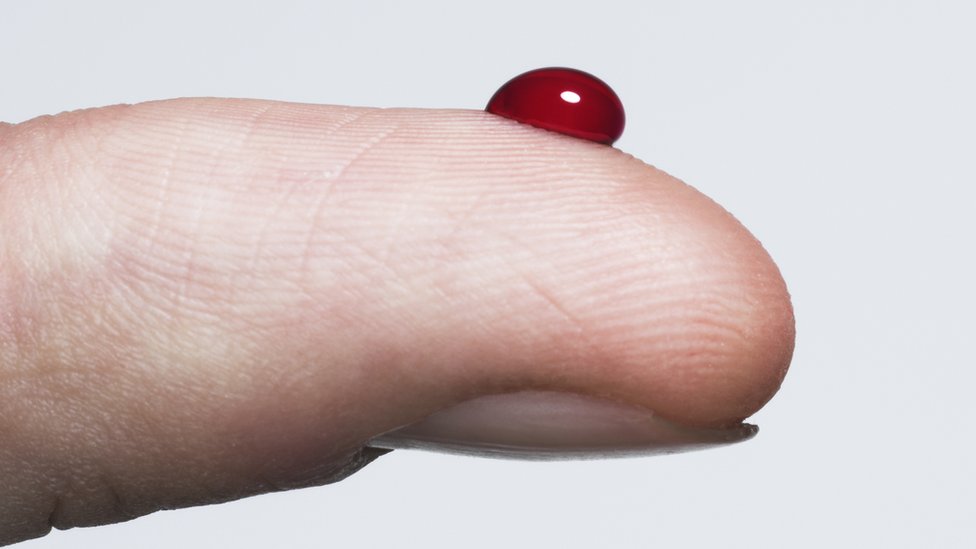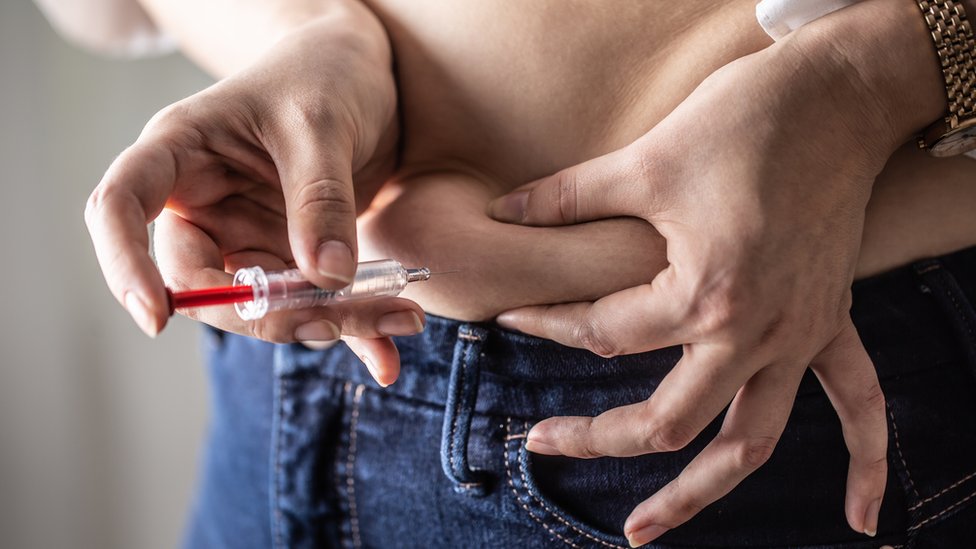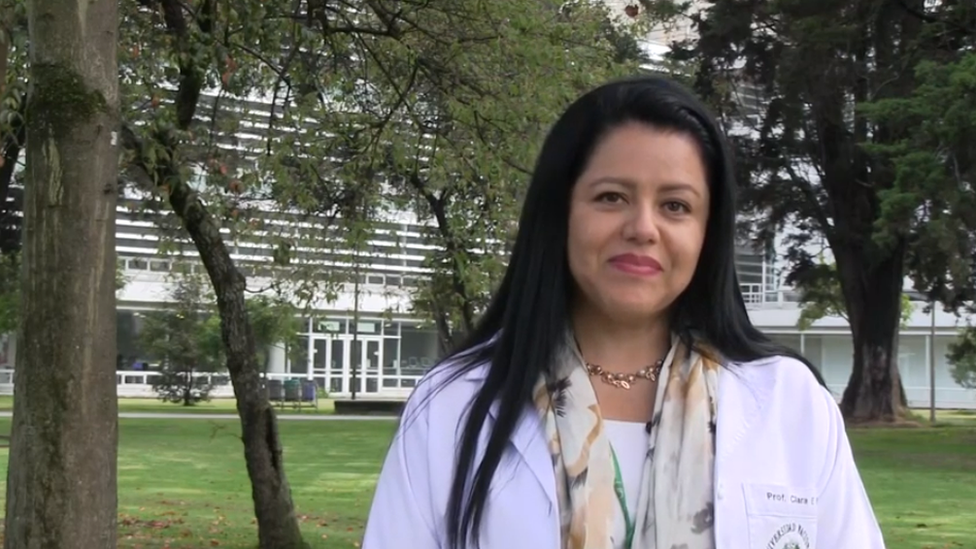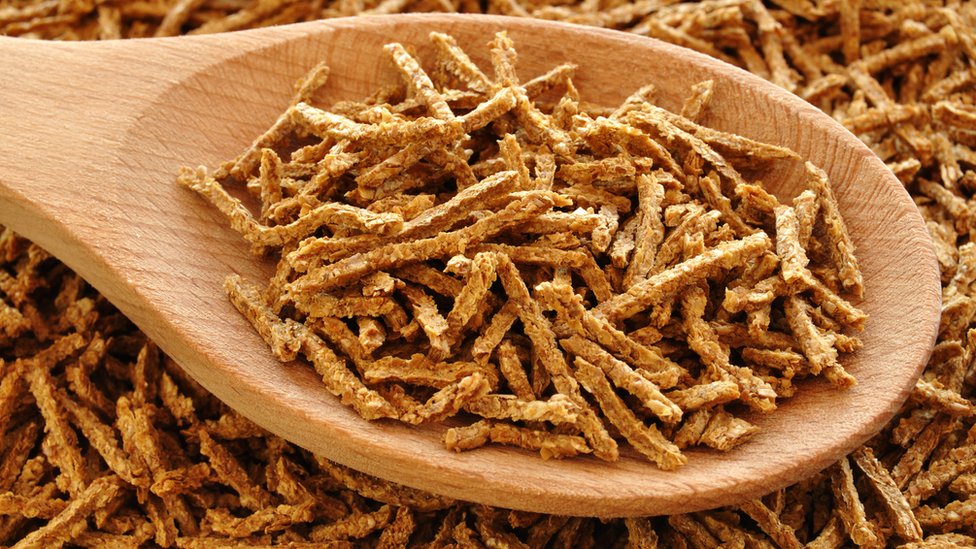Glucose is the most important fuel available to our body.
It is from her that we extract the energy necessary for our movement, our thinking and for our heartbeats. She is fundamental to our vital functions.
But if this level of glucose (or sugar) in the blood is not adequate, serious health problems can occur.
Diabetes is a chronic metabolic disease characterized by high blood glucose levels. Over time, it causes serious damage to the heart, blood vessels, eyes, kidneys and nerves.

The most common type is type 2 diabetes, usually present in adults. It occurs when the body becomes resistant to insulin or does not produce enough insulin.
The Pan American Health Organization (PAHO) estimates that 62 million people across the American continent live with type 2 diabetes.
That number has tripled in the region since 1980 and is estimated to reach 109 million by 2040, according to the Diabetes Atlas.
The incidence of the disease has increased more rapidly in low- and middle-income countries than in high-income countries.

The 14th of November marks World Diabetes Day.
What to eat?
What foods should we consume – or not – to help keep blood sugar levels regulated?
To find out the answer, BBC News Mundo, the BBC’s Spanish-language service, spoke with Clara Eugenia Pérez Gualdrón, vice president of the Latin American Diabetes Association (ALAD) and professor at the Faculty of Medicine at the National University of Colombia.
Check out the expert guidelines below.
BBC News Mundo: Why is it necessary to always keep blood sugar levels regulated?
Clara Eugenia Pérez Gualdron: Someone might think that if you eat sugar, your blood glucose rises. But it’s not like that. We have a complex enzymatic hormone disruptor that keeps glucose at optimal levels 24 hours a day.
But it’s important to keep it regulated. That is, make sure it doesn’t go up too much or fall too much. This is the problem that patients with diabetes often have.
If someone has very high glucose for long periods, it produces toxic substances in the body that, over time, harm the organism. For example, small and large blood vessels.
A patient with diabetes and chronic hyperglycemia may lose, for example, eye and kidney function. He could even undergo amputations. These are the chronic complications of diabetes.
And the very low level of sugar in the blood can lead to the death of the patient in a matter of seconds. Therefore, it is not good to have the glucose too high, nor too low.
In diabetes, we have the limits that define healthy glucose levels. It is known, for example, that – fasting for a period of six to eight hours – we should have glucose around 100 or less. And after eating, it shouldn’t go over 140. If it goes over those marks, there’s a problem.

BBC: Are there foods that help regulate blood sugar?
Perez Gualdron: There is a healthy eating pattern. Some foods help glucose to remain regulated and others, on the contrary, prevent it from being regulated.
The healthy eating pattern includes three key components:
1. Consume fruits and vegetables;
2. Eliminate concentrated foods with sugar;
3. Cut down on foods that contain a lot of saturated fat and replace them with those that contain monounsaturated fats.
Foods that we can consume and that regulate glucose very well are foods rich in fiber, such as wheat bran. And you also need to consume lots of fluids.
This is the script.

BBC: What are these fruits and vegetables and how much should we be eating?
Perez Gualdron: Eat as much vegetables as you can. We never abuse vegetables.
But the fruits, yes, we abused. Especially in Latin America, as the region is rich in fruit trees.
It is necessary to eat the fruits in portions. The recommendation for the patient is the 3-2 formula: three servings of vegetables and two servings of fruit per day. Or the opposite: three for fruit and two for vegetables.
Generally, in the established form of our food in Latin America, we include fruit for breakfast. Mid-morning we eat fruit. And, in the middle of the afternoon, we went back to eating fruit. Vegetables are for lunch and dinner.
The secret is to eat vegetables of three different colors in each portion, because in this way we are offering the body a complex of vitamins, mineral salts or microelements contained in these foods.
People are sometimes monothematic and start eating bananas, bananas and bananas. It is the favorite fruit of Latin Americans. But the banana just has a higher amount of sugar than other fruits.
Most fruits have 10% glucose. That is, in 100 grams of fruit there is 10% glucose. And there are others that have 20%, like bananas, while others have 5%, like tangerines.
If someone eats four tangerines, it’s like eating a banana, in terms of sugar.
BBC: What foods have a lot of sugar?
Perez Gualdron: In many places, they drink coffee with milk in the morning and add sugar. We need to eliminate that sugar that we add.
When the patient says “oh, but the coffee is too bitter!”, I recommend a substitute: the sweetener.
This sweetener can be caloric or non-caloric. Using a caloric sweetener causes glucose to rise. Therefore, a non-caloric sweetener is recommended.
But tests show that non-caloric sweeteners harm the gastrointestinal flora. And this has three important consequences for the body.
Intestinal flora serves to ensure the body’s immunity, regulate body weight and favor the production of neurotransmitters associated with happiness, so that people feel good.
As I tell my students, many remain fat, sad and with the flu. Because? Because they don’t have bacteria, they are eliminated with the non-caloric sweetener.
Many soft drinks are sweetened with non-caloric sweeteners, which destroy our gastrointestinal flora. And the consumption of sugary liquids, such as juices, is also high.
There is a classic example for this question: which is sweeter, a strawberry or a potato? Everyone replies that it’s the strawberry.
But which one has more sugar? 100 grams of strawberries have 5% sugar and 100 grams of potatoes, or a large potato, have 20% sugar.
If you make a juice, the strawberry sugar becomes soluble and can be absorbed more quickly, so it’s best to eat the whole strawberry. On the other hand, whole baked potato will take some time to digest. Therefore, blood sugar will not rise as quickly.
And there is what I call hygiene in eating habits. This means eating accompanied, at the right time, sitting and with the necessary amount of chewing. If I chew potatoes, satiety signals reach the brain within 15 minutes.

BBC: And what are saturated fats?
Perez Gualdron: You need to reduce saturated fats and increase monounsaturated. For this, you need to use olive oil.
In the countries of the Southern Cone, olive oil is widely consumed, but not in other regions of Latin America.
Instead of consuming olive oil, people use subcutaneous cell tissue from pork or chicken. That is, they melt the skin of animals.
Animal lard is saturated fat. Any fat that is solid at room temperature is high in saturated fatty acids. And, in high concentration in our blood, it makes insulin not work properly.
If the insulin doesn’t work well, the blood sugar level automatically rises.
On the other hand, about 20 milliliters of olive oil a day represents an ideal fat intake. It makes your life work better and therefore the glucose level is lowered
BBC: What should a diabetic eat and not eat?
Perez Gualdron: He should eat more fruits and vegetables and less concentrated sugary foods, avoid sugary liquids and consume positive fat such as olive oil. This fat is also found in nuts and fish from cold and deep marine waters.
But, in addition to food, it is essential to walk, walk and walk.
If you exercise, ride a bike or rollerblade and swim, you’re in great shape. But walk at least 7,000 steps a day.

It is necessary to abandon the hours of sitting. What kills people is the chair. It is a silent enemy.
If you spend eight hours a day sitting, start cutting it in half or a third. You can start working standing or walking, and start moving. It is possible to implement.
This whole complex nutritional plan needs to be accompanied by physical activity and will make you feel a lot better.
BBC: And the glass of wine, is it bad for the blood glucose level?
Perez Gualdron: Moderate drinking has positive consequences for the cardiovascular system. Having a glass of wine a day does no harm. On the contrary, it’s good.
Wine has a large amount of substances that are beneficial to health. The problem is that most Latin Americans don’t consume wine like they do in the south of the continent, where people drink one or two glasses a day with meals.
The bad thing is the accumulation. For example, if you have all the week’s glasses of wine together on Saturday. In this case, it is recommended not to drink alcohol.
But wine is bad for the patient with diabetes who has hypertriglyceridemia-type dyslipidemia. This is because alcohol in the liver favors the construction of new triglycerides that, eventually, can harm the patient with diabetes.
BBC: Are there any other factors that help us regulate glucose?
Perez Gualdron: Another very important point is the hours of sleep. Sometimes sleep feeds more than food itself.
How to improve sleep quality? Practicing physical activities every day.
If you follow all these recommendations, you will soon see that everything will turn out very well.
– This text was published in https://www.bbc.com/portuguese/geral-63643761
I have over 8 years of experience in the news industry. I have worked for various news websites and have also written for a few news agencies. I mostly cover healthcare news, but I am also interested in other topics such as politics, business, and entertainment. In my free time, I enjoy writing fiction and spending time with my family and friends.










